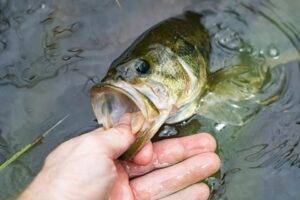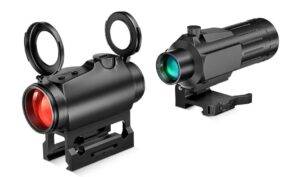
Prepare your boat for freezing temperatures before they arrive with these tips for winterizing boat motors.

Remember the annoying song that Olaf sings in the first Frozen movie about summer? We know your kids have forced you to watch it a few times.
Well, your boat and Olaf aren’t that different. They both love summer and thrive most when it’s warm and the sun is high in the sky. When it starts to get cold, however, your boat does a lot worse than a magical snowman.
It’s not made to stand up to harsh temperatures, which means once the first few freezes hit, it’s time to set out winterizing your boat motor.
But that’s not the only thing on your boat winterizing checklist. Keep reading to find out more.
How to Winterize a Boat
The first thing you want to do when winterizing a boat is to decide where you’re going to store it in the off-season.
1. Decide In-Water or Off-Shore
If you live somewhere with mild winters, like Florida or anywhere else below the Mason Dixon line (and where water doesn’t usually freeze) you may be able to keep storing your boat in the water.
If that’s your plan you’ll need to get some boat antifreeze for your inboard or outboard engine.
But just buying the antifreeze isn’t enough. You have to install it, as well.
2. Use Antifreeze
Once you have the right antifreeze for your motor (which you can find out by researching the model type and maintenance tips).
Whether you’re keeping your boat in the water or not, you’ll need to flush all water systems with antifreeze. That means your air conditioning, any shower pipes, Livewell feeds, and even the plumping for the head. To do this, you’ll have to take the intake hoses out of the water.
Run them until they’re dry, then place the intakes in a bucket of antifreeze. The goal is for antifreeze to come out of the faucet or the toilet – whatever you’re draining.
If you don’t pump your boat through with antifreeze, the leftover water in your pipes can freeze, then expand and burst. It’s labor-intensive, but it’s a lot cheaper in the long haul than having to replace plumbing!
3. Winterizing Your Boat Motor
If you have a two or four-stroke outboard, you need to flush the cooling system with fresh water. After you do that you should be done, given you gave it enough time to drain.
Store the motor in a tilted-down position, to encourage any leftover water to come out, just to be safe.
This is a great time to change your engine oil and engine filter since you’ll have the boat out of the water. We recommend letting a professional do that, but it’s possible to do it yourself.
Store Everything and Cover Up
Now that you’ve flushed your boat with antifreeze and become the king of winterizing your boat motor, it’s time to store whatever is on your boat in its compartments, and cover everything up.
That way when you come back next season, your boat will be ready to go!
Want more above-average guides on how to be an average outdoorsman? Sign up for our emails to get tips sent straight to you!









